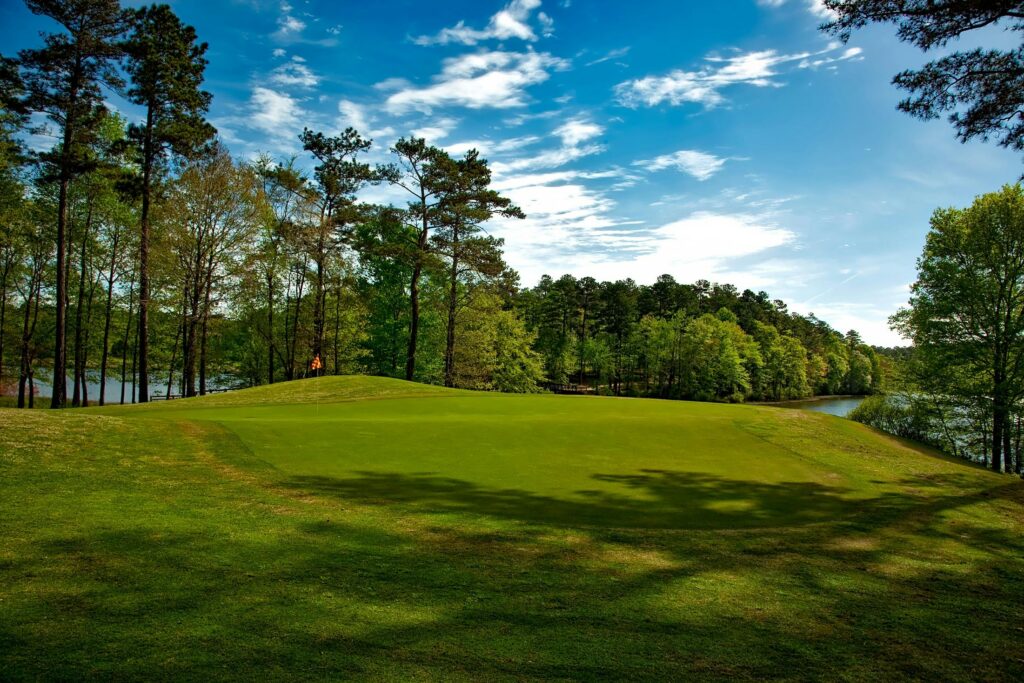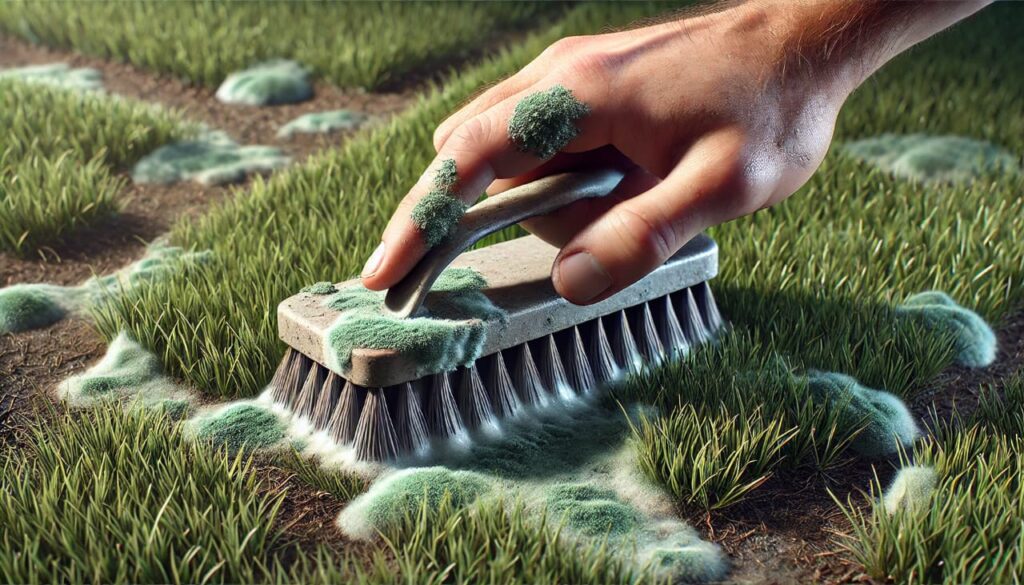When installing artificial grass, one of the most common questions that arise is whether or not it requires a border. Borders are a crucial element in any landscaping project, and artificial turf is no exception. Installing a well-defined and properly constructed border can help maintain the structural integrity of the artificial grass, ensuring longevity and optimal performance. In this article, we will explore why borders are essential for artificial grass installations, the various types of borders available, and how to choose the best border for your project.
The Importance of a Border for Artificial Grass
Artificial grass can shift, fray, or suffer from erosion over time if not adequately secured. Borders play an important role in holding the artificial turf in place, preventing edges from lifting, and maintaining a neat and polished appearance. Below are some of the key reasons why borders are necessary:
1. Prevents Grass Edges from Lifting
Artificial grass may lift at the edges if it isn’t properly anchored. This not only affects the visual appeal but can also lead to tripping hazards or material degradation over time. Installing a border helps to secure the edges of the turf, keeping them firmly in place and providing a more professional finish to the installation.
2. Enhances Structural Integrity
A solid and stable border acts as a barrier that keeps the artificial grass from shifting due to foot traffic, pets, or outdoor activities. Whether the turf is being used in a residential lawn, commercial space, or sports field, a defined border will maintain its structure and prevent the surface from moving or becoming uneven.
3. Prevents Weed Encroachment
Without a border, the area around the artificial grass may become susceptible to weed growth. Weeds can creep in from nearby flowerbeds, gardens, or lawns. A border acts as a physical barrier, keeping weeds at bay and ensuring that the artificial grass remains low-maintenance and aesthetically pleasing.
4. Helps Separate Landscaping Elements
Borders can also serve as a visual and functional boundary between different elements of your landscape. For example, if you have paving stones, mulch, or gravel alongside your artificial turf, a border will help to prevent these materials from spilling over into the artificial grass area. This not only keeps the landscape tidy but also ensures that each section maintains its intended look.
5. Improves Aesthetic Appeal
A well-chosen border adds a finishing touch to your artificial grass installation. It creates clean, defined edges that give the entire space a polished and professional look. Whether you’re installing turf around a pool, garden path, or as part of a large landscape design, a border can help elevate the overall aesthetic.
Types of Borders for Artificial Grass
There are a variety of border materials available, each with its own unique advantages. The type of border you choose will depend on the overall design of your landscape, the functionality you require, and your personal preferences. Here are some of the most common border options for artificial grass:
1. Timber Borders
Timber, often in the form of treated wooden planks, is a popular and cost-effective choice for artificial grass borders. Wood is easy to work with, and it blends well with natural elements in a garden setting. However, timber borders may require maintenance over time as they are prone to rotting, warping, or termite damage if not treated properly.
2. Concrete Edging
For a more durable and permanent solution, concrete borders are an excellent choice. Concrete can be molded into various shapes and sizes, allowing for customization in the design. This type of border provides a sturdy edge that holds the artificial grass securely in place, and it requires little to no maintenance. It’s also effective at keeping weeds and roots from encroaching on the turf.
3. Metal Edging
Metal edging, typically made from steel or aluminum, offers a sleek and modern look for artificial grass borders. Metal borders are extremely durable and resistant to the elements, making them a long-lasting solution. They are also flexible, allowing for curved or straight borders depending on the design of your space. Metal edging is ideal for those who want a minimalistic and sharp-edged appearance.
4. Plastic Edging
For a budget-friendly option, plastic edging is commonly used in artificial grass installations. Plastic borders are easy to install, lightweight, and can be molded to fit curves or straight edges. Although plastic is not as durable as metal or concrete, it still provides a sufficient barrier to keep the turf in place and prevent soil erosion.
5. Brick or Stone Borders
If you prefer a more natural look, brick or stone borders can add a classic and timeless touch to your landscape. These materials are heavier and more permanent, offering excellent durability and aesthetic appeal. Brick and stone borders work particularly well in traditional or rustic landscape designs and are highly effective at keeping the artificial grass securely in place.
How to Choose the Best Border for Artificial Grass
When selecting a border for your artificial grass installation, consider the following factors:
1. Durability
The longevity of the border is an important factor to consider, especially if your artificial grass will experience heavy foot traffic or outdoor elements like rain, wind, or direct sunlight. Materials such as concrete, metal, and brick are more durable than plastic or wood, making them ideal for long-term use.
2. Aesthetic Appeal
The border you choose should complement the overall design of your landscape. Whether you prefer the clean lines of metal edging, the rustic look of brick, or the natural feel of timber, ensure the border enhances the appearance of your artificial grass area.
3. Budget
Cost is always a consideration in landscaping projects. While plastic edging and timber borders tend to be more affordable, concrete and stone options may be more expensive but offer greater durability. Consider the long-term value of the materials when making your decision.
4. Maintenance
Some border materials require more upkeep than others. For example, timber may need to be treated or replaced over time, while concrete and metal are virtually maintenance-free. If you prefer a low-maintenance option, opt for materials that won’t degrade or require regular attention.
5. Flexibility
Depending on the design of your artificial grass installation, you may need a border material that can accommodate curves or unique shapes. Metal and plastic edging are ideal for projects that require flexible borders, while concrete and stone may be better suited for straight edges.
How to Install a Border for Artificial Grass
Installing a border for artificial grass is a relatively straightforward process, but it does require attention to detail to ensure a professional finish. Here’s a basic guide on how to install a border:
Step 1: Mark the Perimeter
Begin by marking the perimeter of the area where you’ll be installing the border. Use stakes and string to outline the exact dimensions, ensuring that the border will follow the design of the landscape.
Step 2: Dig a Trench
Once the perimeter is marked, dig a trench along the line where the border will be placed. The depth of the trench will depend on the height of the border material being used. Make sure the trench is even and straight to allow for a clean installation.
Step 3: Lay the Border Material
Place the chosen border material into the trench, ensuring that it fits securely. For concrete or brick, you may need to use mortar or adhesive to fix the materials in place. If using metal or plastic, secure the edges with stakes or nails as needed.
Step 4: Backfill the Trench
After the border material is in place, backfill the trench with soil, gravel, or sand to stabilize the border. Make sure the edges are flush with the artificial grass surface for a seamless finish.
Step 5: Secure the Artificial Grass
Finally, once the border is in place, secure the edges of the artificial grass using nails or staples along the perimeter. This will ensure that the turf remains firmly in place and doesn’t lift over time.
Conclusion: Why a Border is Essential for Artificial Grass
In summary, installing a border for artificial grass is essential for maintaining its appearance, structural integrity, and functionality. A well-chosen border prevents the turf from shifting, enhances the overall aesthetic, and helps keep weeds and debris at bay. With various options available, including timber, concrete, metal, plastic, and stone, there is a border solution to suit every landscape design. When properly installed, a border ensures that your artificial grass installation remains beautiful, secure, and low-maintenance for years to come.


